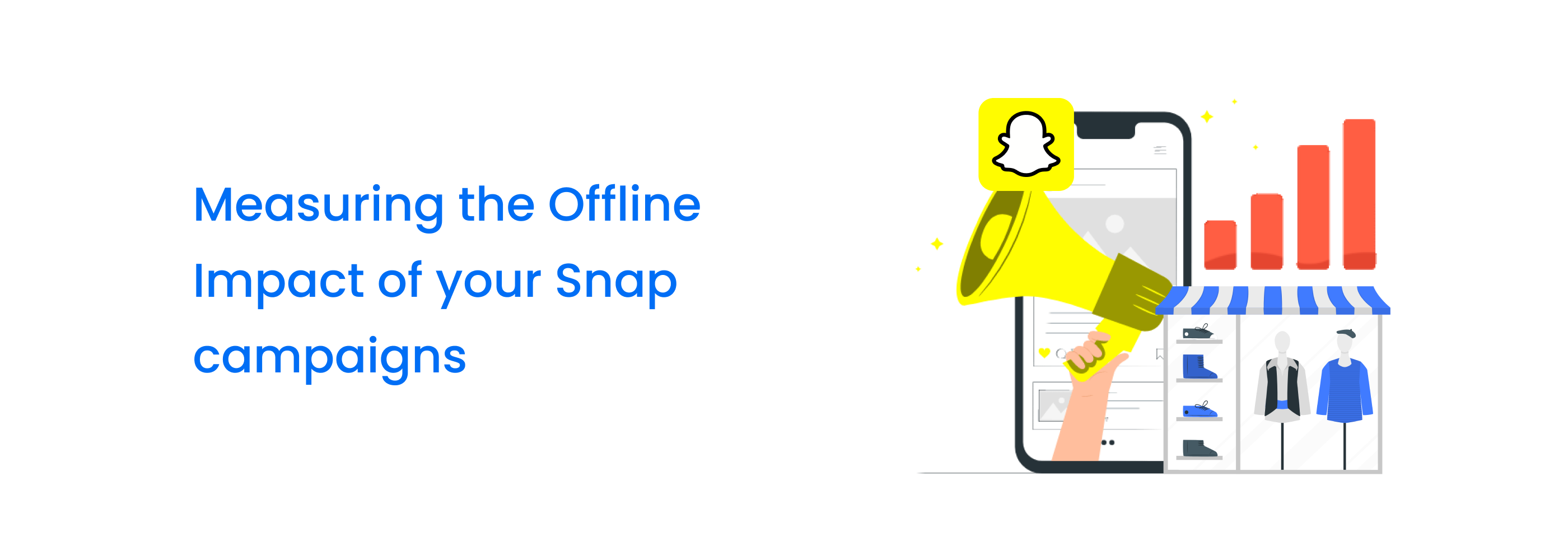What are Marketing Pixels?
Have you ever been browsing around on an online shop looking for something like shoes only to then see ads for shoes on another platform like Facebook. That’s quite creepy. The question is, how does Facebook know that you were looking at a pair of shoes? In reality, the webshop owner uses ‘Tracking Pixels’ or ‘Marketing Pixels’ – which are virtual pixels added to a webpage to note down your movements and help the marketer conduct re-targeted advertisements.
Studies suggest that a re-targeted Ad will be clicked on twice as often with some people even saying four times as often. That’s why re-targeting is all the rage. It allows companies to increase their conversion rates. Webshops have a conversion rate of 2% – this means that only 2% of visitors actually buy something when they visit an online store. The remaining 98% look around and exit the website without making a purchase. To solve this problem, shop owners track your activity (which product pages you visit, add to your cart, and how long you stay on them), so that they can run relevant advertisements to you at a later stage. These are known as ‘Events’ and are sent to the advertisement network like the ones from Google, Facebook or Amazon, and are used to create high-targeted ads. As a result, you see the shoes you doubted to buy on Facebook or in your Google search results – this technique is called ‘Re-targeting, or Re-marketing.’
To explain the technical aspect, the owner of the webshop wants to put his Ad in Infront of the user on Facebook, to do so he places an FB tracking pixel on every web page of his website. The tracking pixel is an image on a website, it has a URL that tells your browser from where it should download the image. But instead, the shop owner can also add custom data to the URL of the image. If the webshop owner wants to be more specific, he can add the exact pair of shoes you’re looking for – and every time someone visits the shop, the tracking pixel is loaded with the extra data. Facebook can then access and store it to run highly targeted Ad campaigns.
The same is true for other Advertisement networks such as Amazon and Google. Any website can use them and besides this tracking pixels can also be used by Newsletters to measure how many of their subscribers are opening up their emails or to test which kind of email content people appreciate more. You too can use it to keep track of how many have opened up your email, read-receipts. Services that inject tracking pixels on your behalf. Each email you send gets a unique tracking pixel.
Conversion and Remarketing pixels are important because the information gathered allows you to understand more about visitors to your website and use that information to iterate and improve marketing efforts. Pixels are also used to continue the conversation through paid ads after they’ve left your site– especially if they didn’t complete a desired or expected action, like making a purchase.















